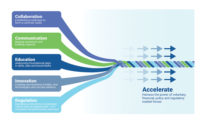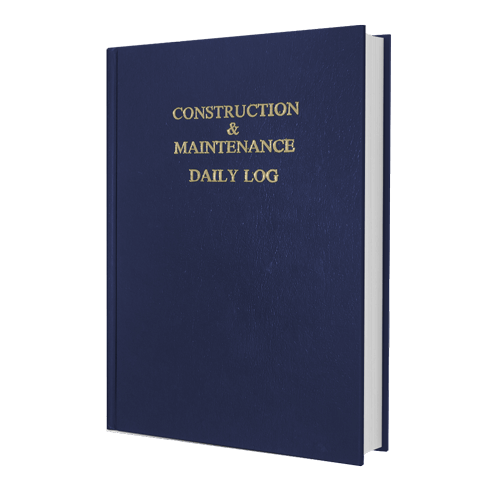ASHRAE has published its first standard setting definitions and requirements for determining whether a building can be described, operationally, as “zero net carbon” or “zero net energy.” ASHRAE is a professional society that develops standards, supports research and has certification and continuing education programs to facilitate the engineering of heating ventilation, air conditioning and refrigeration systems.
ANSI/ASHRAE Standard 228-2023, Standard Method of Evaluating Zero Net Energy and Zero Net Carbon Building Performance, includes a main energy calculation for annual averages for determining whether the source energy or carbon flows coming to a building are less than or equal to outward flows during operation. It also includes an allowance for the calculation of select hours with data available. Standard 228 applies to existing and new buildings, as well as groups of buildings or portions of buildings.
The standard includes calculations that account for energy used or lost in extract, generation and transit from the source to the building, according to ASHRAE. It also has allowances for sites that cannot produce sufficient renewable energy, with requirements on use of external carbon and renewable energy.
The standard is based in part on ASHRAE Standard 105, Standard Methods of Determining, Expressing and Comparing Building Energy Performance and Greenhouse Gas Emissions, which was most recently updated in 2021.
ANSI/ASHRAE Standard 228 is on continuous maintenance. A standing standard project committee chaired by Paul Torcellini is in place to update it through addenda or revisions. Changes can be submitted via the ASHRAE website.







